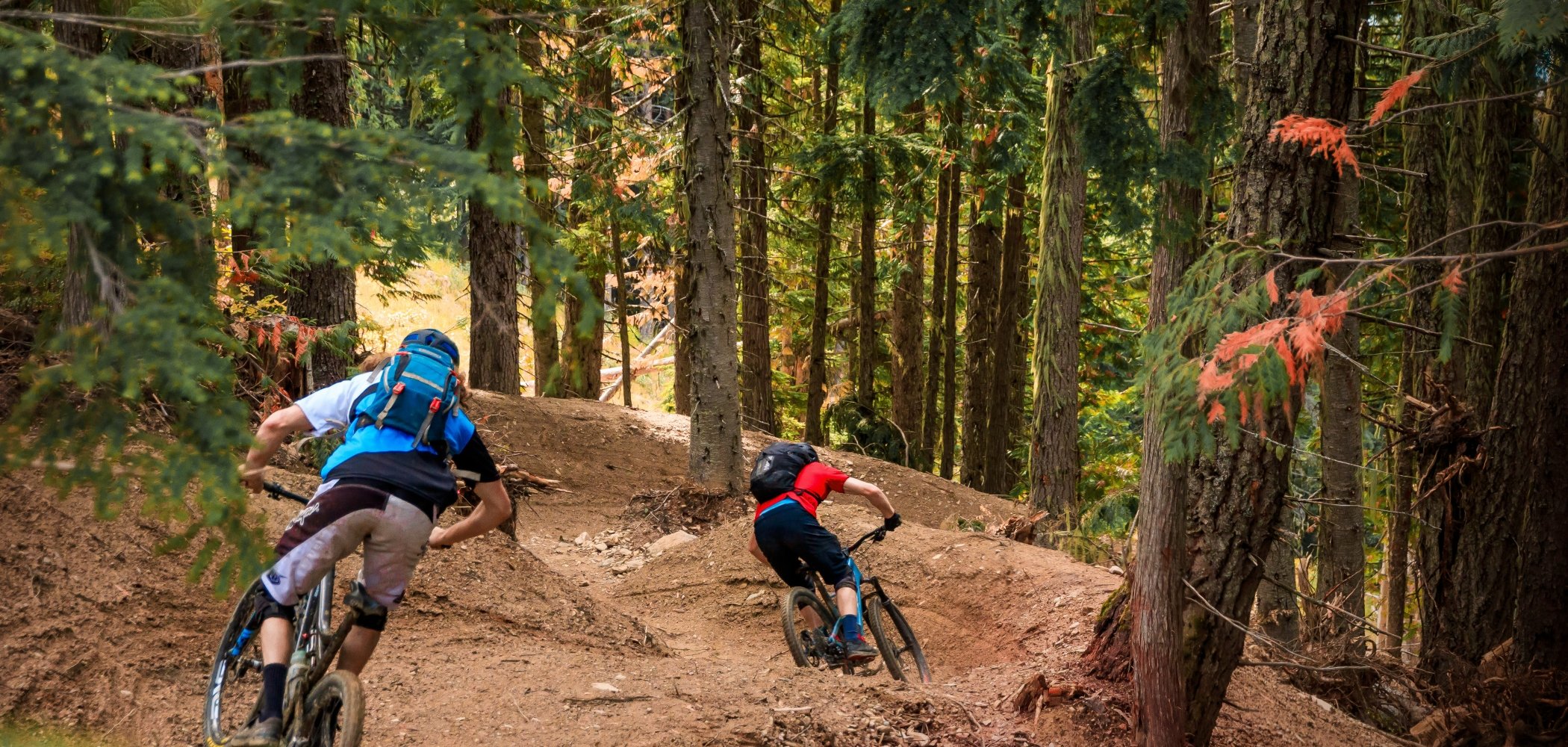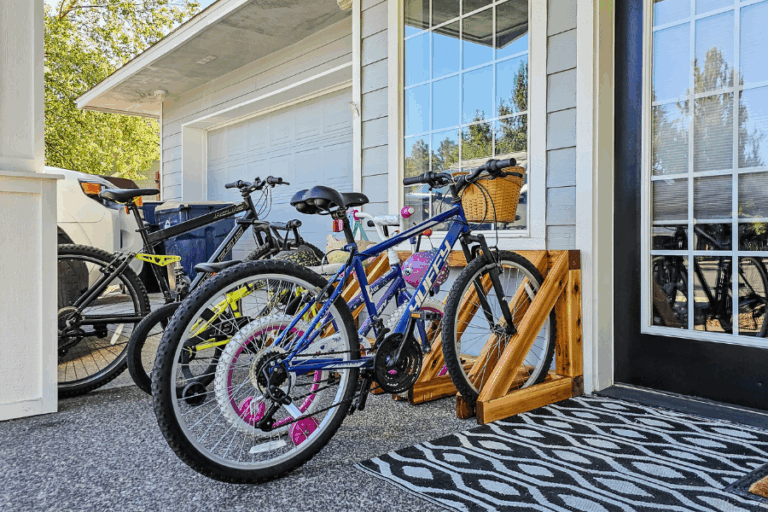Mountain Bike Trails: Your Ultimate Guide to Adventure on Two Wheels
Mountain biking is more than a sport—it’s an adventure, a challenge, and a way to connect with nature. For those who crave adrenaline and exploration, mountain bike trails offer the perfect playground. Whether you’re a beginner seeking smooth paths or an experienced rider chasing technical descents, understanding the types of trails, essential gear, safety tips, and top destinations will help you make the most of your ride.
Types of Mountain Bike Trails
Mountain bike trails come in various styles, each offering unique challenges and experiences:
- Cross-Country (XC) Trails
These trails focus on endurance and climbing. XC trails are often long, flowing, and cover a mix of dirt paths, rocky terrain, and gentle descents. Riders require a combination of stamina, bike-handling skills, and pacing. XC trails are perfect for those who enjoy a mix of climbing and technical sections. - Downhill (DH) Trails
Downhill trails are adrenaline-packed and emphasize steep descents. These trails include jumps, drops, rock gardens, and berms. Downhill riding demands a strong bike, protective gear, and advanced skills. Many DH trails are lift-accessed in bike parks, allowing riders to focus on the descent without exhausting climbs. - Enduro Trails
Enduro blends XC and DH. Riders often climb uphill under their power, but the focus is on fast and technical downhill sections. Enduro trails challenge both stamina and bike-handling skills, making them ideal for adventurous riders who enjoy variety. - Flow Trails
Flow trails are smooth, fast, and designed for fun. With rollers, berms, and gentle jumps, these trails offer a continuous, flowing riding experience. Flow trails are beginner-friendly but still enjoyable for experienced riders who want a more relaxed ride. - Technical Trails
Technical trails are full of obstacles like rocks, roots, and tight switchbacks. These trails test your precision, bike-handling skills, and confidence. Experienced riders often seek technical trails for a challenging experience.
READ MORE: Trek Mountain Bikes
Essential Mountain Biking Gear
Riding mountain bike trails safely and effectively requires the right gear. Here’s a breakdown:
- Mountain Bike: Choose a bike that matches your trail type. XC bikes are lighter for climbing, DH bikes are robust for descents, and enduro bikes balance both.
- Helmet: A helmet is essential for protecting your head. Full-face helmets are recommended for downhill or technical trails.
- Gloves: Gloves improve grip, reduce vibration, and protect your hands during falls.
- Protective Gear: Knee pads, elbow pads, and body armor help prevent injuries on technical trails.
- Hydration Pack: Staying hydrated is critical, especially on long XC or enduro rides.
- Repair Kit: Carry a multi-tool, spare tube, tire levers, and a pump to fix mechanical issues on the trail.
Safety Tips for Mountain Bike Trails
Safety should always be a priority. Keep these tips in mind:
- Know Your Limits: Start with trails that match your skill level and gradually progress to more technical routes.
- Inspect Your Bike: Check brakes, tires, and suspension before every ride.
- Ride with a Buddy: Riding with a partner increases safety in case of accidents.
- Wear Protective Gear: Helmets, gloves, and pads reduce the risk of serious injuries.
- Learn Trail Etiquette: Yield to hikers and uphill riders, stay on marked trails, and avoid cutting corners.
- Plan Ahead: Know the trail route, weather conditions, and emergency contacts before riding.
Top Mountain Bike Trail Destinations
Mountain biking offers global adventures. Here are some of the best places to ride:
- Whistler, Canada: Famous for its downhill trails and bike park, Whistler offers something for every rider.
- Moab, Utah: Known for stunning red rock trails, Moab is ideal for technical and scenic rides.
- Finale Ligure, Italy: A combination of Mediterranean views and challenging descents makes this trail a European gem.
- Rotorua, New Zealand: Flow trails and dense forests make Rotorua a favorite for riders of all skill levels.
- Sedona, Arizona: Red rock formations, technical trails, and breathtaking views attract adventure seekers worldwide.
Trail Maintenance and Environmental Responsibility
Mountain bikers play a key role in trail preservation. Follow these principles:
- Stay on Marked Trails: Riding off-trail damages vegetation and causes erosion.
- Avoid Wet Trails: Wet trails are prone to damage and may create mud ruts.
- Respect Wildlife: Keep a safe distance from animals and avoid disturbing their habitats.
- Leave No Trace: Pack out all trash and avoid leaving behind gear or food.
Training for Mountain Bike Trails
Physical preparation enhances your performance on the trails:
- Cardio Training: Running, cycling, or swimming improves endurance for long rides.
- Strength Training: Focus on legs, core, and upper body to handle climbs and technical sections.
- Bike Skills Practice: Practice cornering, braking, and navigating obstacles to increase confidence on the trails.
- Flexibility and Recovery: Stretching and rest prevent injuries and improve long-term performance.
Common Challenges on Mountain Bike Trails
Mountain biking comes with its fair share of challenges:
- Technical Obstacles: Rocks, roots, and drops require careful navigation.
- Steep Climbs: Endurance is key for uphill trails.
- Weather Conditions: Rain, mud, or extreme heat can impact safety and performance.
- Mechanical Failures: Flat tires or chain breaks are common; always carry a repair kit.
Mountain Biking for Beginners
If you’re new to mountain biking, start simple:
- Choose beginner-friendly trails with smooth surfaces.
- Rent or borrow a bike to test your comfort and style preference.
- Learn basic skills like braking, shifting gears, and cornering.
- Ride with more experienced riders to gain tips and confidence.
Advanced Techniques for Experienced Riders
Experienced riders can explore advanced techniques to improve performance:
- Manualing: Lifting the front wheel to clear obstacles.
- Jumping: Learning safe takeoff and landing techniques.
- Cornering: Using body position and braking to navigate tight turns efficiently.
- Drop-offs: Practicing small drops and gradually advancing to bigger challenges.
Mountain Biking Community
Mountain biking isn’t just about the trails—it’s a vibrant community. Joining local clubs, online forums, or attending biking events helps riders:
- Share tips and trail recommendations.
- Participate in group rides and competitions.
- Learn about gear upgrades and maintenance.
- Build friendships with people who share your passion.
Conclusion
Mountain bike trails offer adventure, challenge, and a deep connection to nature. Whether you’re seeking thrilling descents, endurance rides, or scenic explorations, there’s a trail for everyone. By understanding trail types, gearing up properly, riding safely, and respecting the environment, you’ll make the most of every ride. Start small, progress gradually, and immerse yourself in the rewarding world of mountain biking.



